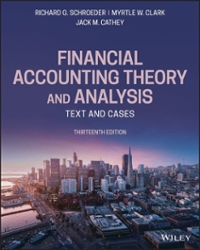Column 1 Column 2 Standard Error 3.372181267 4.662403478 Standard Deviation 137.9712625 190.7601173 Mean 147.9223417 180.1206691 Medium 105 124.5 Mode 55 69 Sample Variance 19036.06928 36389.42237 Kurtosis 8.189285877 41.74820157 Skewness 2.647744553 4.913750106 Max 845 2662 Min 15 27 Range 830 2635 sum 247622 301522 Count 1674 1674Context: Your organization is evaluating the quality of its call center operations. One of the most important metrics in a call center is Time in Queue (TiQ), which is the time a customer has to wait before he/she is serviced by a Customer Service Representative (CSR). If a customer has to wait for too long, he/she is more likely to get discouraged and hang up. Furthermore, customers who have to wait too long in the queue typically report a negative overall experience with the call. You've conducted an exhaustive literature review and found that the average TiQ in your industry is 2.5 minutes (150 seconds). Another important metric is Service Time (ST), also known as Handle Time, which is the time a CSR spends servicing the customer. CSR's with more experience and deeper knowledge tend to resolve customer calls faster. Companies can improve average ST by providing more training to their CSR's or even by channeling calls according to area of expertise. Last month your company had an average ST of approximately 3.5 minutes (210 seconds). In an effort to improve this metric, the company has implemented a new protocol that channels calls to CSR's based on area of expertise. The new protocol (PE) is being tested side-by-side with the traditional (PT) protocol. Instructions: Access the Call Center Waiting Time file. Each row in the database corresponds to a different call. The column variables are as follows: . ProtocolType: indicates protocol type, either PT or PE . QueueTime: Time in Queue, in seconds . ServiceTime: Service Time, in seconds . Perform a test of hypothesis to determine whether the average TiQ is lower than the industry standard of 2.5 minutes (150 seconds). Use a significance level of a=0.05. . Evaluate if the company should allocate more resources to improve its average TiQ. . Perform a test of hypothesis to determine whether the average ST with service protocol PE is lower than with the PT protocol. Use a significance level of a=0.05. . Assess if the new protocol served its purpose. (Hint: this should be a test of means for 2 independent groups.) . Submit your calculations and a 175-word summary of your conclusions








